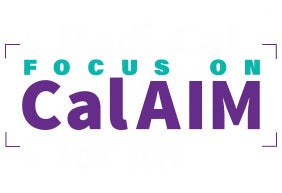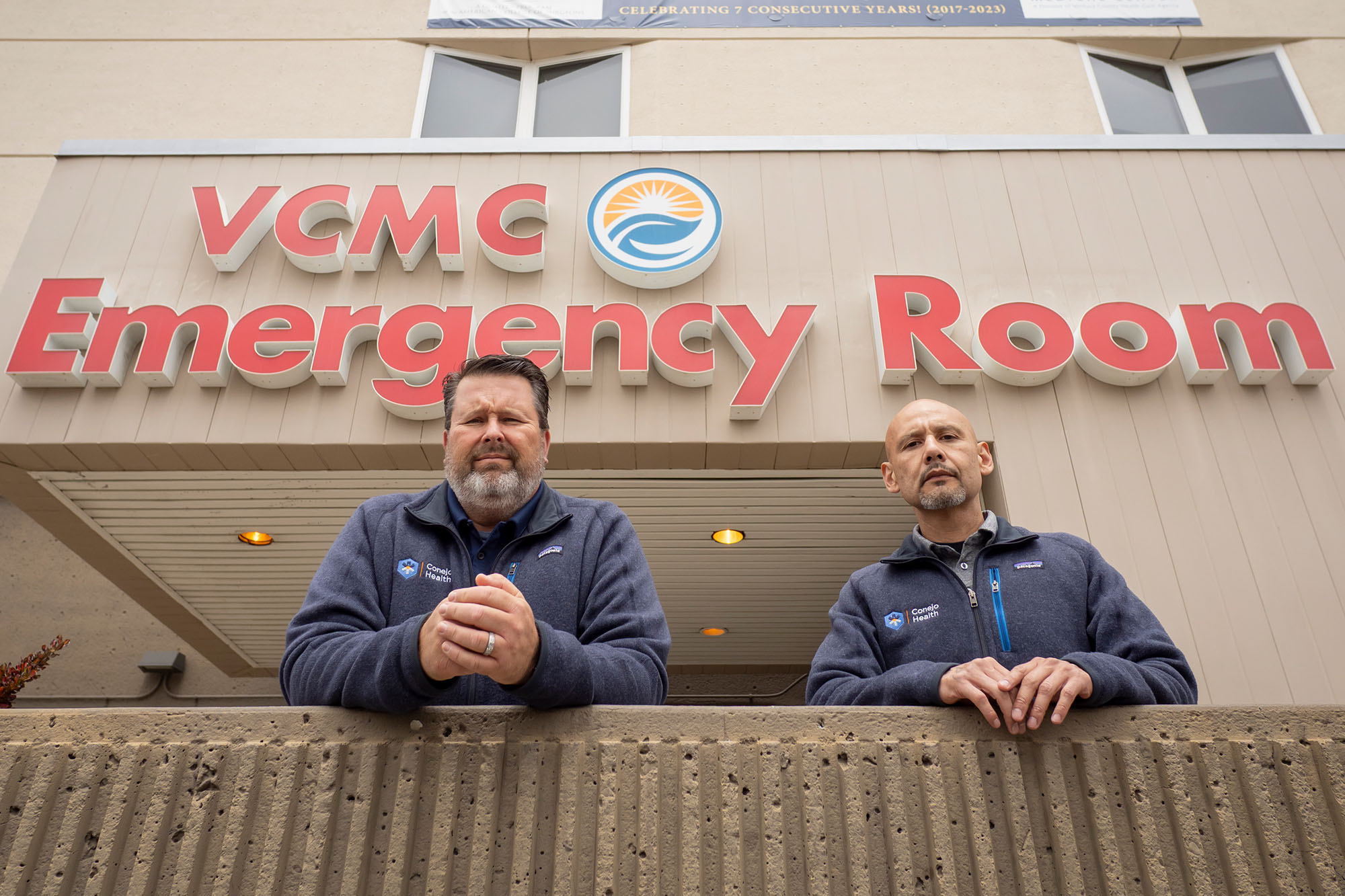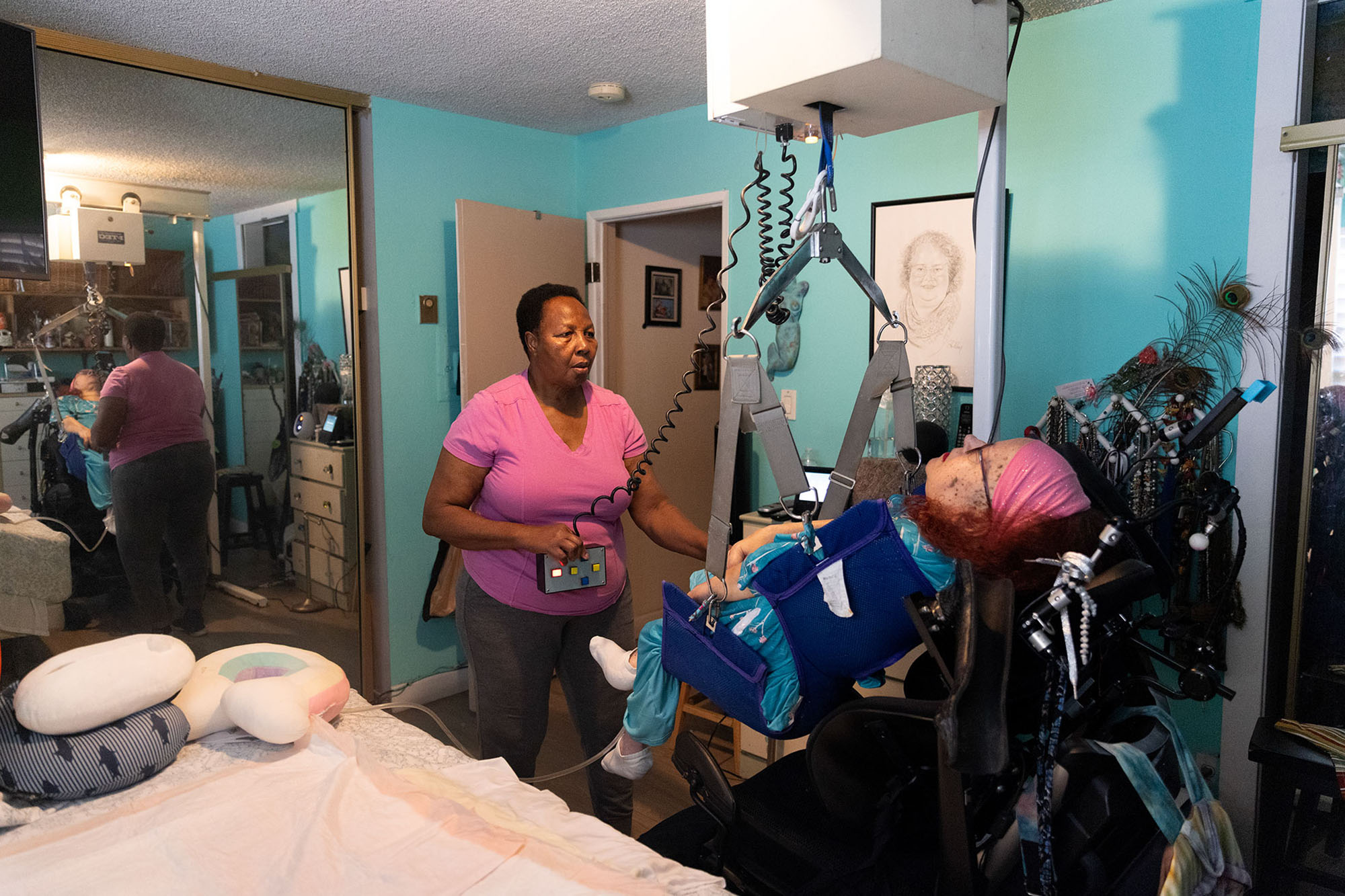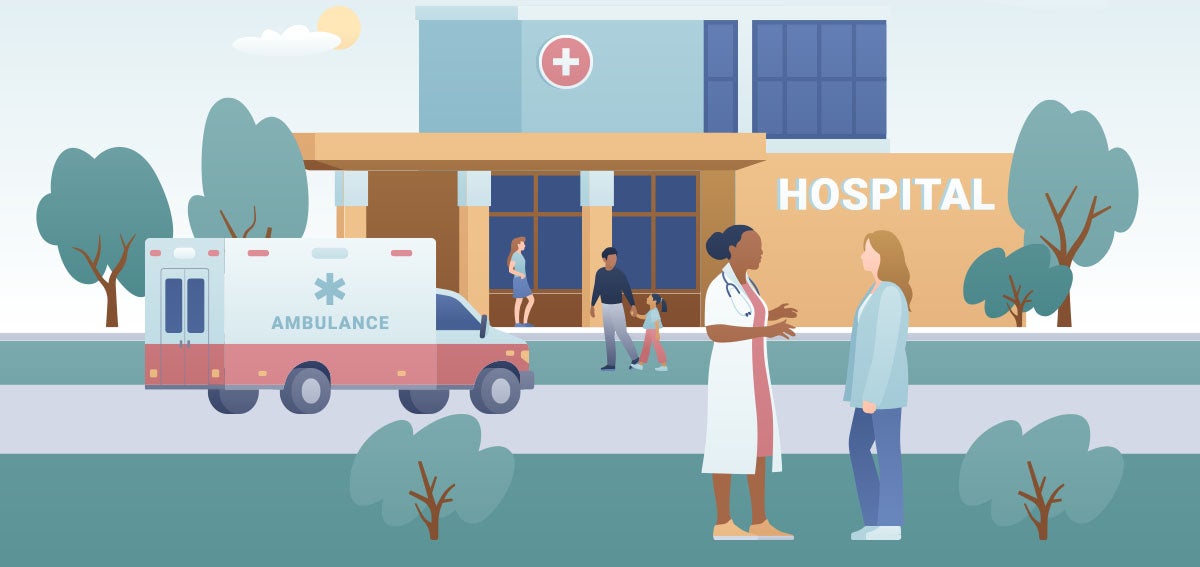View the Report
Jump to All Downloads & Links
The Department of Health Care Services’ CalAIM: California Advancing and Innovating Medi-Cal process would change the way it pays Medi-Cal managed care plans to incentivize long-term improvements in quality of care and health outcomes for patients. It specifically calls out the need and potential benefit of a shared savings program, which would be an important, and overdue, advancement. Here’s why:
Too many Californians in Medi-Cal managed care aren’t getting quality care.
Today more than 10 million Californians — mostly children in families with low incomes, seniors, persons with disabilities, and many adults in low-wage jobs — get their health care from a Medi-Cal managed care plan. Too many of these Californians are not getting the timely access to high-quality care they deserve, and progress has been lagging. Over the last 10 years, average quality scores in Medi-Cal managed care have stayed the same or have declined for over half of the measures tracked by the state. Behind these statistics are hundreds of thousands of Californians going without prenatal care, critical cancer screenings, and treatment for chronic conditions, among other vital services.
How the state pays Medi-Cal managed care plans is part of the problem.
Payment can be a potent tool to drive better care for patients, but the way the Department of Health Care Services (DHCS) currently pays plans may, in some instances, create a disincentive for plans to improve quality. One of the most significant factors DHCS considers when setting a plan’s rate is the plan’s costs in previous years. If a health plan chooses to invest in services outside of Medi-Cal’s required benefits, and those services successfully lower costs — through an asthma management program that reduces avoidable ER visits, for example — the plan could receive a lower rate in the future. This is called “premium slide.” It can happen even when those lower costs are the result of improved quality and better care, effectively penalizing plans for doing the right thing and reducing their ability to continue making such investments.
Shared savings would align financial incentives for plans to improve care for patients.
New payment methods should be designed to maximize health and well-being for patients, with clear and strong incentives that drive better quality, satisfaction, and outcomes. A shared savings program is one important way (among many) to move Medi-Cal toward this vision.
The CalAIM process represents a tremendous opportunity to modernize the way California pays for care in Medi-Cal (as many states have already done), including how it pays plans. For example, under one proposed shared savings model, plans could share in some of the savings generated when investing in health-related services and interventions, such as meal services, sobering stations, and investments in integrating physical and behavioral health.
But plans would have to:
- Achieve savings above a defined threshold
- Make investments in approved health-related initiatives at a level set by the state
- Hit rigorous quality targets, such as increasing rates of breast and cervical cancer screenings, helping diabetic patients to better control their condition, or improving patient-reported satisfaction with their health plan
Importantly, this model wouldn’t require additional funding from the state to implement.
If done right, shared savings can create a virtuous cycle: Plans are incentivized to keep investing in care improvements and health-related services, Medi-Cal patients get better care, and the state shares in the savings the plans achieve.
Shared savings should be accompanied by other payment changes.
To achieve the full potential of CalAIM, a shared savings program should be accompanied by other payment reforms in Medi-Cal, such as modernizing how Federally Qualified Health Centers are paid and setting region- or plan-specific quality goals in new contracts with plans in the upcoming procurement process.
To learn more about CHCF’s work around shared savings and improving quality in Medi-Cal managed care, see this collection or contact Chris Perrone, director of Improving Access.





